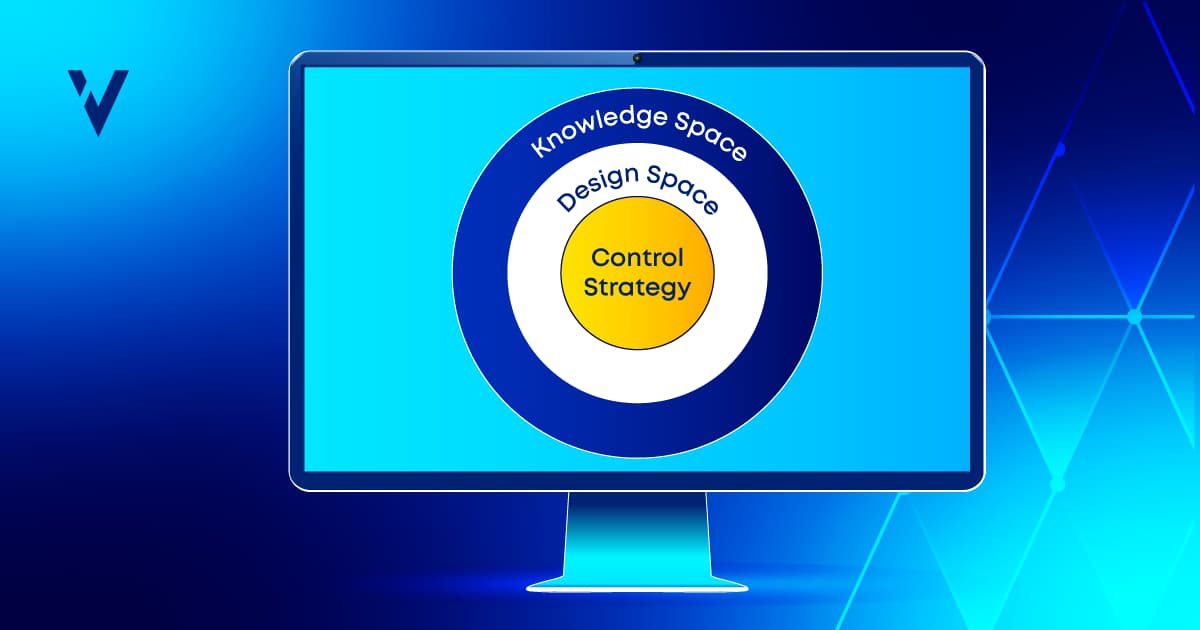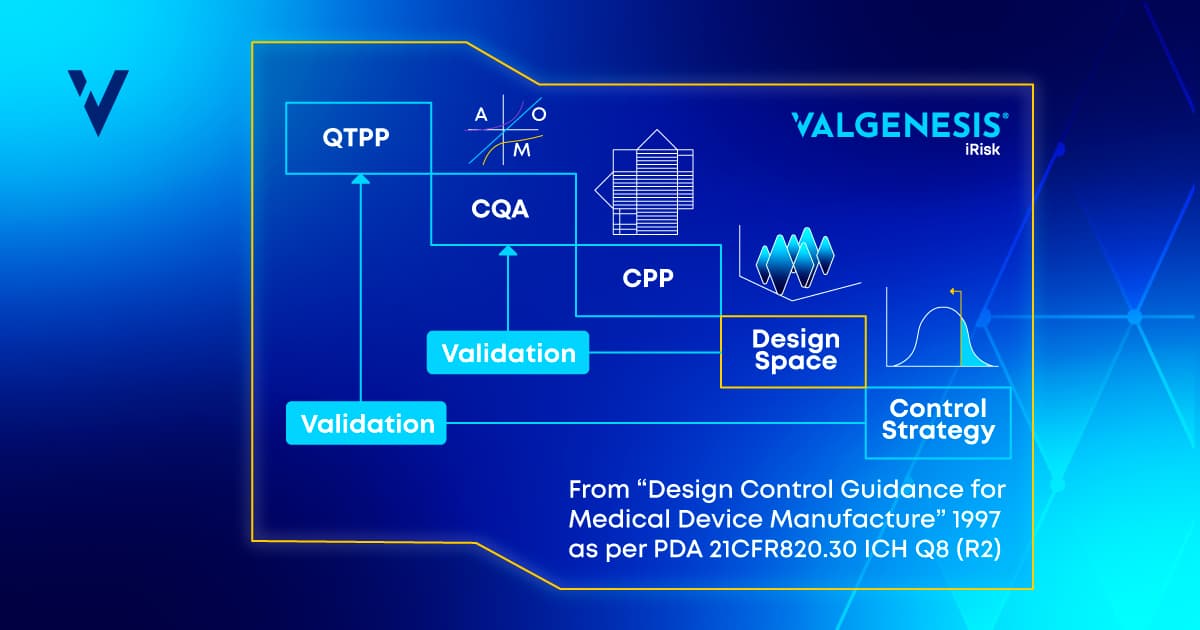One of the most critical aspects of the evolution of pharmaceutical manufacturing is the digitalization of control strategies.
Embracing the digital transformation of control strategies allows companies to enhance product quality, streamline processes, and ensure compliance with stringent regulatory guidelines, such as those set forth by the International Council for Harmonisation of Technical Requirements for Pharmaceuticals for Human Use (IHC).
This blog post outlines a comprehensive roadmap for digitalizing control strategies, offering insights into the critical steps and considerations necessary for successful implementations.
Understanding Control Strategies
In pharmaceutical manufacturing, control strategies are designed to ensure that products consistently meet the required quality standards.
The ICH Q10 guideline defines a control strategy as a planned set of controls derived from current product and process understanding that ensures process performance and product quality. These controls may include various parameters related to materials, components, facilities, equipment, and in-process controls, amongst others.
The evolution of control strategies is closely tied to the principles of Quality by Design (QbD) and science- and risk-based approaches. These principles emphasize a deep understanding of product and process, allowing for more proactive and data-driven management of manufacturing processes.
Implementing a robust control strategy involves identifying critical quality attributes (CQAs) and critical process parameters (CPPs) that impact product quality to ensure these factors are consistently managed and controlled.
Although the control strategy is established during the final stages of pharmaceutical development, it evolves throughout the product lifecycle based on feedback from process monitoring and the change management process.

Figure 1: Evolution of the control strategy during the product lifecycle.
The Shift to Digital Control Strategies
A digital control strategy represents a significant advancement in pharmaceutical manufacturing. Built on QbD frameworks and Process Analytical Technology (PAT), it creates a proactive, data-driven framework that enhances the robustness and flexibility of manufacturing processes.
Integrating these processes and technologies allows pharmaceutical companies to move toward real-time release testing (RTRT) and other adaptive control mechanisms, reducing reliance on extensive final product testing.
Digitalization enables manufacturers to respond swiftly to changes and variations, minimizing risks and maintaining product quality and data integrity.
These benefits align with the goals of Pharma 4.0, which emphasizes using advanced digital technologies such as Artificial Intelligence (AI), Machine Learning (ML), and Internet of Things (IoT) to optimize manufacturing processes and ensure consistent product quality.
Steps to Digitalizing Control Strategies
Implementing a digital control strategy involves a structured and systematic approach, typically broken down into four key phases:
1. Assessment and Planning
- Evaluate existing control systems and processes, identifying gaps and areas for improvement through quality risk management (QRM).
- Assess the current technology infrastructure and perform a digital readiness assessment to understand the organization's capacity for digital transformation.
- Define clear objectives for digitalization, aligning them with business goals and regulatory requirements, ensuring regulatory compliance and adherence to standards, such as those outlined in ICH guidelines.
2. Design and Strategy Development
- Research and select appropriate digital tools and technologies that can integrate seamlessly with existing systems, focusing on automation and real-time monitoring.
- Develop a comprehensive data management strategy, ensuring data integrity, security, and compliance.
- Redesign processes to leverage digital technologies, such as Digital Twin Technology, to simulate and optimize manufacturing environments.
- Start with small-scale pilot projects to test the effectiveness of digital solutions and ensure a seamless integration into the existing Pharmaceutical Quality System (PQS).
- Monitor performance, gather feedback, and refine the approach based on initial outcomes, utilizing data analytics to drive decision-making.
- Scale up digital initiatives, ensuring robust change management practices and a strong cultural fit within the organization.
- Provide comprehensive training for staff to foster a culture of continuous learning and adaptation, ensuring they are equipped to manage and operate new digital systems.
- Establish key performance indicators (KPIs) to monitor the performance of digital systems, focusing on metrics that impact product quality and process efficiency.
- Implement Continued Process Verification (CPV) to ensure ongoing process control and quality.
- Utilize digital tools to facilitate continuous improvement, adapting and refining digital strategies based on feedback and evolving industry standards.
The Role of Digital Continued Process Verification (CPV)
A digital CPV system is crucial for maintaining a state of control in pharmaceutical manufacturing.
Continued Process Verification involves ongoing monitoring of process data to detect unplanned departures from the validated process design, ensuring that the manufacturing process remains in control during commercial production.
Implementing a digital CPV plan enhances data integrity through scalable, robust workflows that integrate real-time data acquisition and storage systems. This integration allows for immediate evaluation of process states, supports timely decision-making, and accelerates periodic reporting.
By transitioning from paper-based formats to a fully digital approach, companies can improve operational efficiency and ensure compliance with regulatory guidelines.
Change Management in Digital Control Strategies
Effective change management is essential for maintaining the integrity of digital control strategies. As products evolve and new insights are gained from process monitoring, control strategies must be adapted to address emerging risks and opportunities for improvement. This process is guided by a structured change management framework that includes:
1. Change Identification: Recognizing the need for change based on deviations, process improvements, or external requirements.
2. Impact Evaluation: Assessing the potential impact of proposed changes on product quality and compliance using statistical parameters and risk assessment tools.
3. Action Planning: Developing a detailed plan to implement changes, ensuring all steps are clearly defined and compliant with regulatory standards.
4. Change Implementation and Review: Executing the change and reviewing its efficacy to ensure the desired outcomes are achieved without negatively impacting quality or compliance.
The Benefits of Digitalizing Control Strategies in Pharmaceutical Manufacturing
Digitalizing control strategies in pharmaceutical manufacturing offers significant advantages that drive both regulatory compliance and operational excellence. By integrating the principles of QbD, process development, and risk management, as outlined in ICH guidelines, such as ICH Q8, ICH Q9, and ICH Q12, companies can ensure comprehensive compliance with ICH Q10 standards. Digital tools and automatic validation processes are essential for constructing robust CPV plans.
A holistic control strategy, which involves a comprehensive set of control elements, is key to achieving higher levels of consistency, performance, and quality in manufacturing processes. Importantly, these strategies are not static; they evolve throughout the product lifecycle, leveraging knowledge management and risk management to adapt and improve continually.
The digitalization of control strategies also leads to significant process optimization. It enables time and cost savings through more efficient and streamlined processes, eliminates the need for paper-based records, and ensures that data is securely recorded and available for troubleshooting and future insights. By using structured datasets and automated compliance tools, companies can reduce manual efforts, thus accelerating the time to market for new products.
As the pharmaceutical industry moves toward digital transformation, embracing these changes is crucial to remaining competitive. Digitalizing CPV programs overcomes the challenges of manual systems, offering substantial productivity and scalability gains. This shift ensures that the industry can quickly respond to market demands, deliver safe and effective products, and achieve a higher standard of product quality, ultimately enhancing patient safety and satisfaction.
Securing the Future with ValGenesis
The move toward a digital control strategy is not just about keeping up with industry trends; it's about setting a new standard for quality, efficiency, and compliance in pharmaceutical manufacturing. By adopting a holistic, data-driven approach, companies can secure their position at the forefront of the industry, ready to meet the challenges of today and the future.
By leveraging the advanced features of iRisk, pharmaceutical companies can enhance their digital control strategy implementation, improve quality, and achieve a better regulatory relationship. Embracing digital platforms like ValGenesis iRisk is not just a step toward modernization but a critical move to ensure the continuous delivery of safe and effective pharmaceutical products in a rapidly evolving market.
Watch the webinar below to learn more.
A Roadmap to Digitalize Your Control Strategy
Learn essential steps for digitalizing control strategies in the pharmaceutical and biopharmaceutical industries, and explore key concepts and benefits of digital solutions.
Digital Transformation Process Digitalization
Daniel Pais
Senior Consultant



